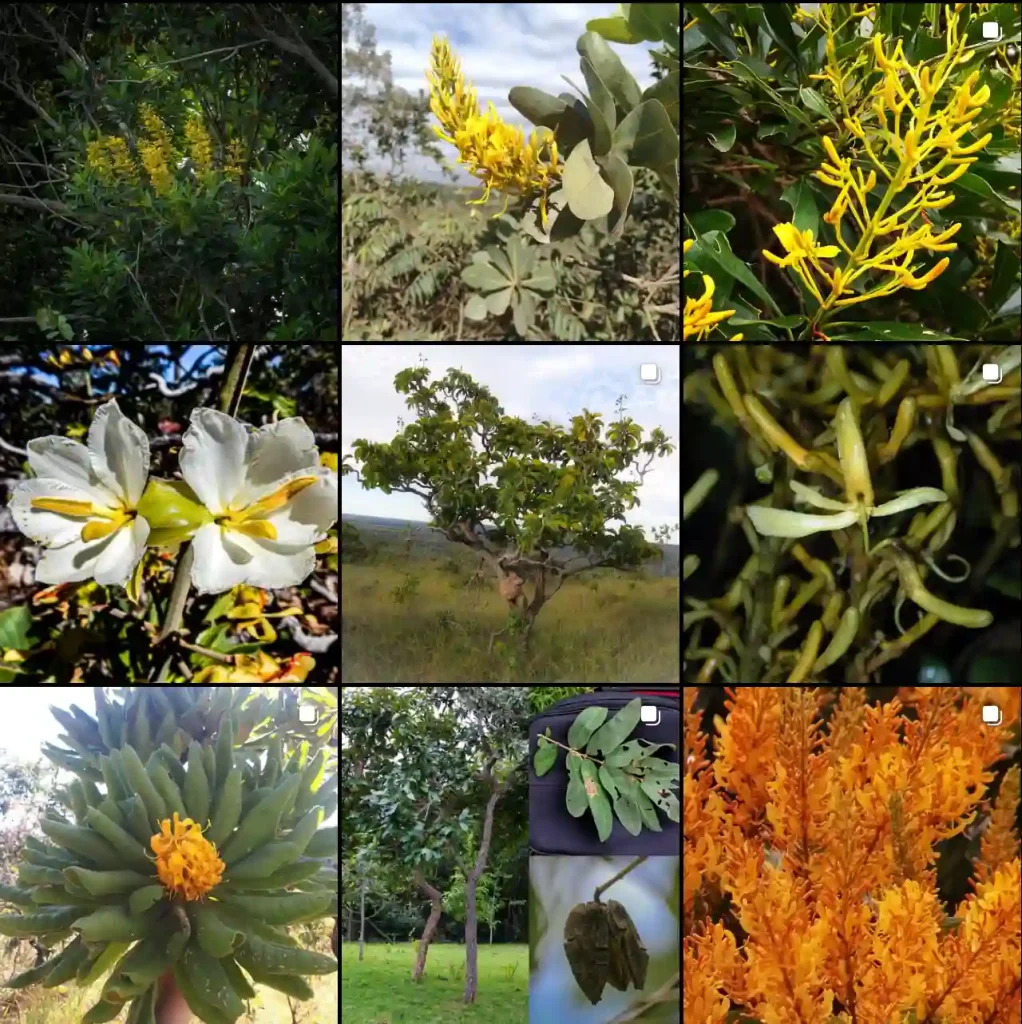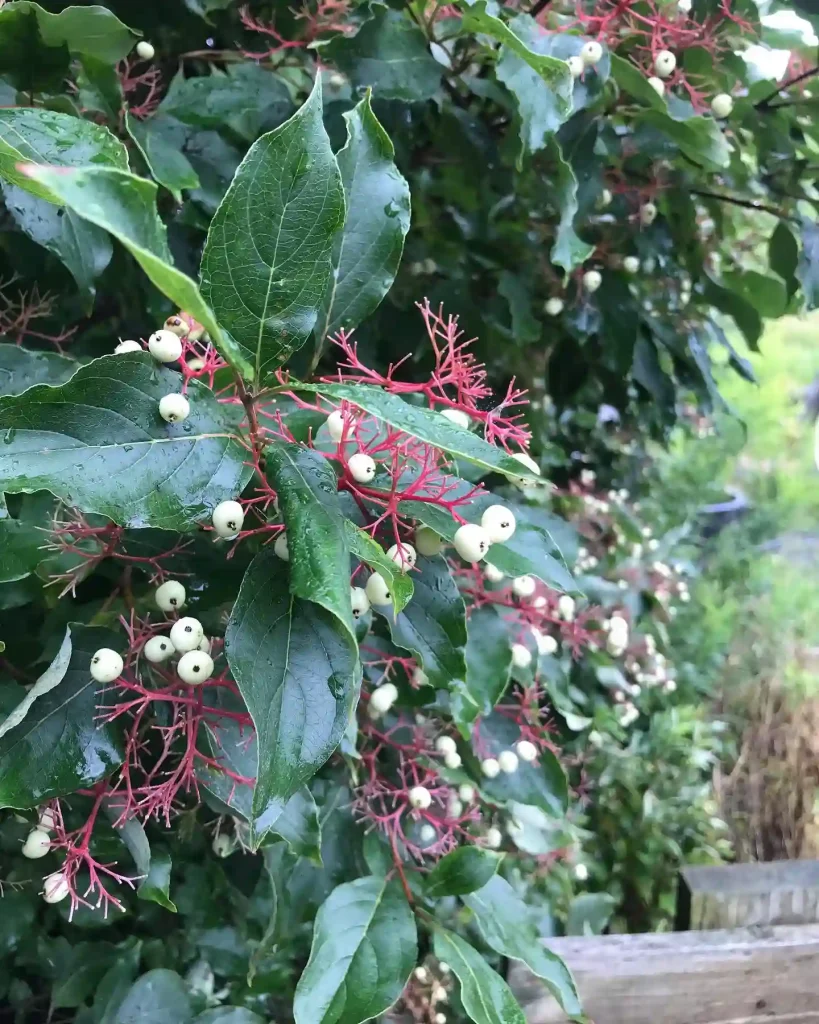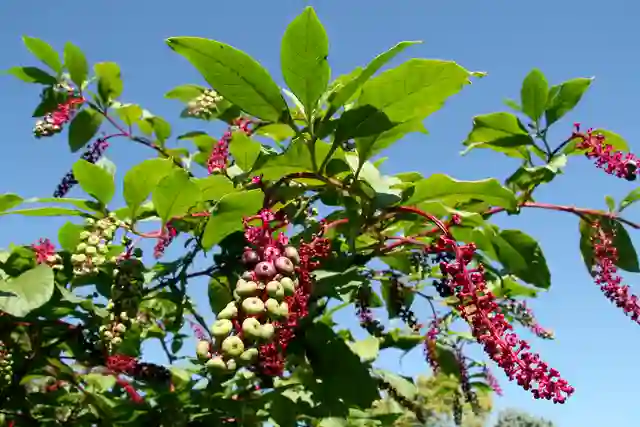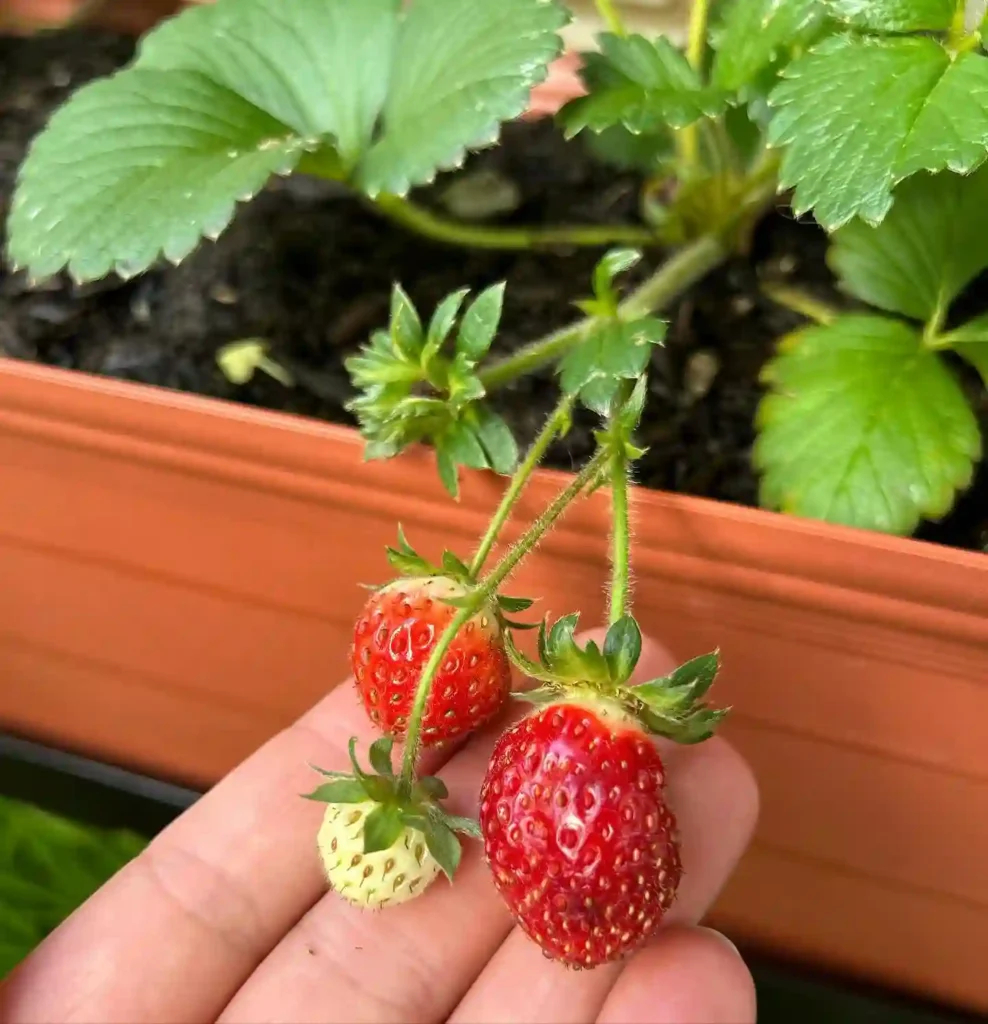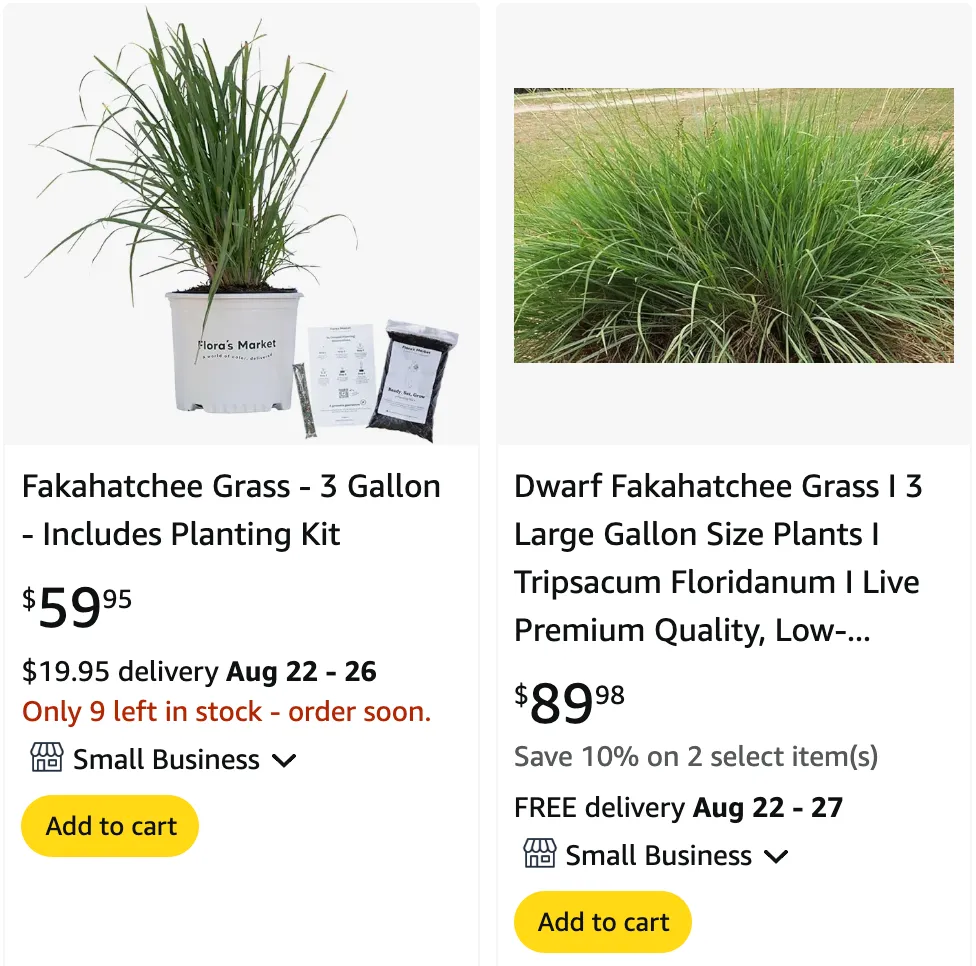
Everything You Need to Know About Fakahatchee Grass: FAQs and More
When it comes to landscaping with native grasses, Fakahatchee Grass (Tripsacum Dactyloides) is a standout choice. I’ve had my share of experiences with this hardy plant, and I’m excited to share what I’ve learned. From its height and maintenance needs to propagation and potential problems, here’s a comprehensive guide on Fakahatchee Grass.
What is Fakahatchee Grass?
Fakahatchee Grass, scientifically known as Tripsacum Dactyloides, is a versatile, clumping grass native to Florida. It thrives in a variety of environments, from wetlands to dry, sandy soils. This grass is known for its attractive appearance and its ability to adapt to different conditions, making it a favorite among landscapers and garden enthusiasts in Florida.
Fakahatchee Grass Florida: Why It’s a Good Fit?
In Florida, Fakahatchee Grass is particularly well-suited due to its tolerance for both wet and dry conditions. Whether you’re dealing with a soggy area or a drought-prone space, this grass can handle it. Its resilience and adaptability make it an ideal choice for Florida landscapes, especially in natural or low-maintenance gardens.
Dwarf Fakahatchee Grass: A Smaller Option
If you’re looking for something a bit more compact, the Dwarf Fakahatchee Grass is a great option. As the name suggests, it’s a smaller variety of the standard Fakahatchee Grass. It maintains all the hardiness and adaptability of its larger counterpart but stays shorter and more contained. This makes it perfect for smaller garden spaces or for use as a border plant.
Fakahatchee Grass Height: What to Expect?
One of the standout features of Fakahatchee Grass is its impressive height. Typically, it grows between 3 to 5 feet tall. However, in optimal conditions, it can reach up to 6 feet. The height can vary based on soil conditions, water availability, and overall care. The lush, tall blades of this grass create a beautiful backdrop in garden beds and landscape designs.
Fakahatchee Grass Maintenance: Keeping It in Check
Maintaining Fakahatchee Grass is relatively straightforward. It’s a low-maintenance plant, but here are some tips to keep it looking its best:
- Watering: Although it’s drought-tolerant, regular watering will help it thrive, especially during dry spells. Ensure the soil is well-drained to avoid root rot.
- Pruning: To keep the grass looking neat, occasional pruning is recommended. Trim back any dead or brown blades to encourage new growth.
- Fertilizing: A general-purpose fertilizer applied once or twice a year will support healthy growth. Avoid over-fertilizing, as it can lead to excessive thatch.
Fakahatchee Grass Problems: What to Watch For?
While Fakahatchee Grass is generally hardy, it’s not completely immune to problems. Here are a few issues to be aware of:
- Pests: Occasionally, pests like aphids or caterpillars might target the grass. Regular inspection and prompt treatment can prevent serious infestations.
- Disease: Fungal diseases can occur, particularly if the grass is overwatered. Ensure proper drainage and avoid watering the grass late in the day to reduce fungal growth.
- Weeds: Keep an eye out for invasive weeds that might compete with the Fakahatchee Grass. Mulching around the base can help suppress weed growth.
Fakahatchee Grass Seeds: How to Grow Your Own?
Growing Fakahatchee Grass from seeds is a rewarding process. Here’s how you can get started:
- Seed Preparation: Soak the seeds in water for about 24 hours before planting. This helps to soften the seed coat and improve germination rates.
- Planting: Sow the seeds in well-drained soil, either directly in the ground or in seed trays. Lightly cover the seeds with soil and keep them consistently moist until they germinate.
- Transplanting: Once the seedlings are strong enough and have a few sets of leaves, they can be transplanted to their permanent location. Space them about 12 to 18 inches apart to allow for their full growth.
How to Care for Fakahatchee Grass?
In addition to basic maintenance, here are some care tips:
- Soil: Ensure the soil is rich in organic matter. While Fakahatchee Grass can handle a range of soil types, it performs best in soil that retains moisture but also drains well.
- Companion Planting: Fakahatchee Grass pairs well with other native plants like Muhly Grass or Black-eyed Susans. These companions complement its aesthetic and can help support local wildlife.
What to Plant With Fakahatchee Grass?
When planning your garden, consider pairing Fakahatchee Grass with plants that have similar water and light requirements. Some excellent companions include:
- Coreopsis: Adds a splash of color and works well with the grass’s texture.
- Gaillardia: Its vibrant blooms contrast beautifully with the grass’s green foliage.
- Liriope: Offers a complementary grass-like texture and additional color.
Fakahatchee Grass is a fantastic choice for those looking to enhance their Florida gardens with a native, low-maintenance grass. Whether you opt for the standard variety or the dwarf version, its resilience and beauty make it a valuable addition to any landscape.
If i die, water my plants!
